Tuktuks around the world
1. India
Here, they’re primarily known as auto-rickshaws or simply autos. These are a common sight in bustling cities, offering a convenient (though sometimes chaotic) way to navigate short distances. These are a common sight in bustling cities, offering a convenient (though sometimes chaotic) way to navigate short distances.
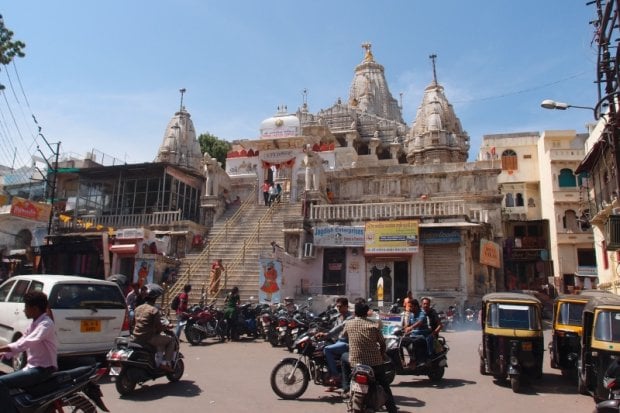
Tuktuks in India, called Autos, parked outside the Jagdish Temple in Udaipur, India.
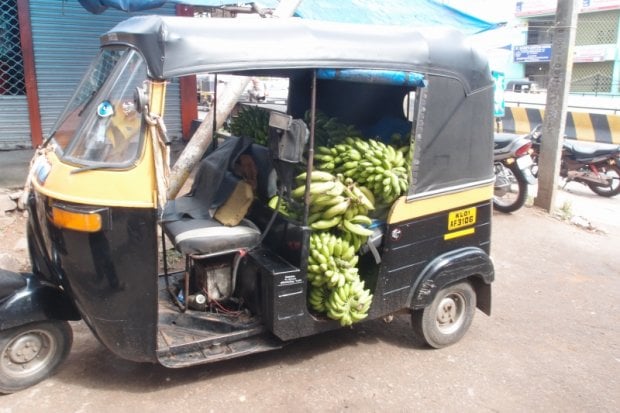
Tuktuks can not only carry passengers. This one from Thiruvananthapuram functions as banana storage.
2. China
The tuktuks I’ve seen in China are more like mini three-wheeled lorries called san lun (三轮), which means “three wheels”. I’ve also ridden on a more traditional motorcycle like tuktuk in Guangdong’s countryside which looks like golf buggies.
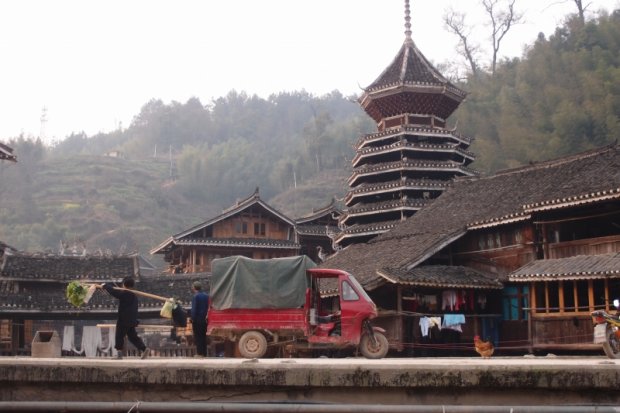
A three-wheeler san-lun parked in the Dong village of Zhaoxing in Guizhou, China.
3. Indonesia
I see lots of them roaming the streets of Jakarta. Here, Bajaj remains a prominent brand, and the familiar three-wheeled design is widely used. In some regions, you’ll encounter becaks, which are more akin to motorized cycle-rickshaws with a sidecar.
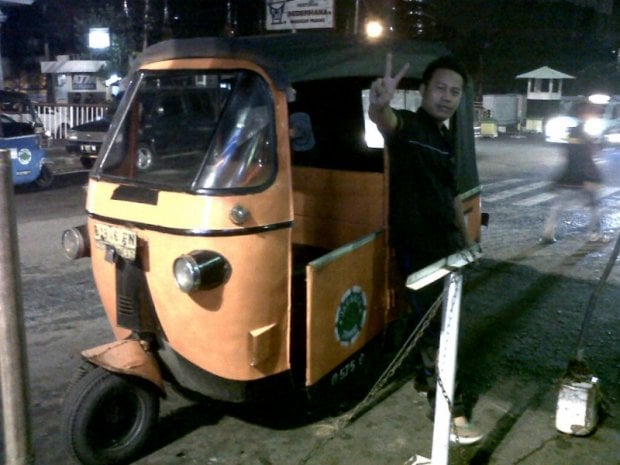
A bajaj driver on the streets of Jakarta. This one has a front door.
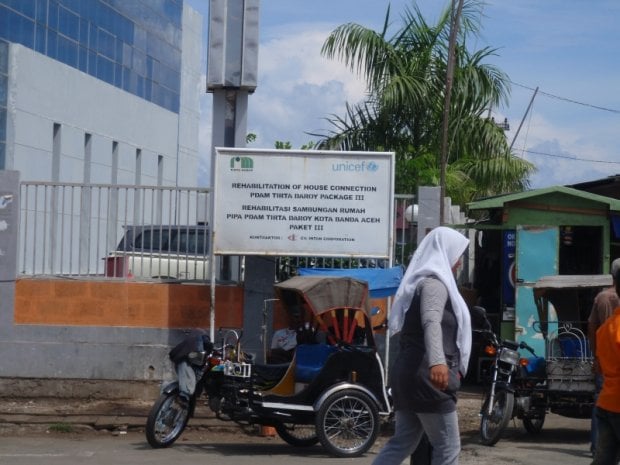
Two becaks, the local variant of the tuktuk, left unattended in Aceh city, on the island of Sumatra, Indonesia.
4. Cambodia
In Cambodia, they are also called tuktuks, but they look very different from the rest. The Cambodian tuktuk is distinctive, featuring a motorcycle with an open carriage attached to the rear. They are a popular choice for exploring ancient sites like Angkor Wat.
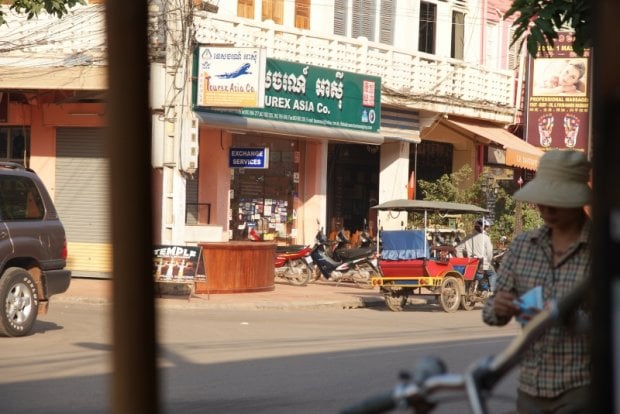
Across the street is the Cambodian tuktuk. This version has a very open carriage, which some people use to explore Angkor Wat near Siem Reap, where this photo was taken.
5. Sri Lanka
Tuktuks are a colourful presence in Sri Lanka, available in a wide range of hues. They remain a popular and affordable mode of transport for both locals and tourists.
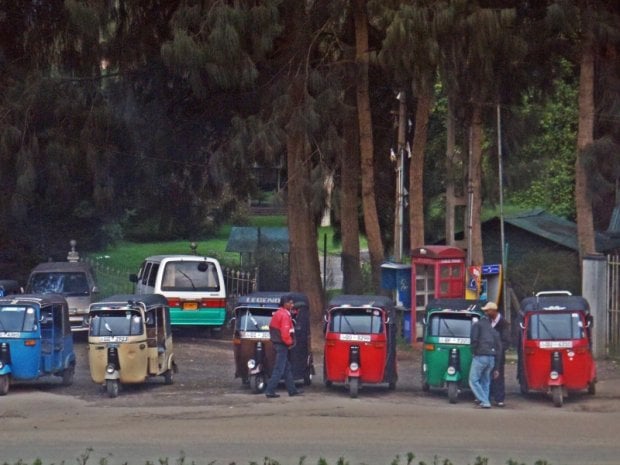
A row of colourful tuktuks in Nuwara Eliya, Sri Lanka.
6. Bangladesh
All the tuktuks I have seen in Dhaka are green in colour. They are known as CNGs (Compressed Natural Gas), and are the dominant tuktuk type in Bangladesh. In fact, the reason why they are green is because they use cleaner CNG fuel. They are also known as ‘baby-taxis’ apparently.
Also read: Floating Bridge in Bangladesh – One Ingenious Solution
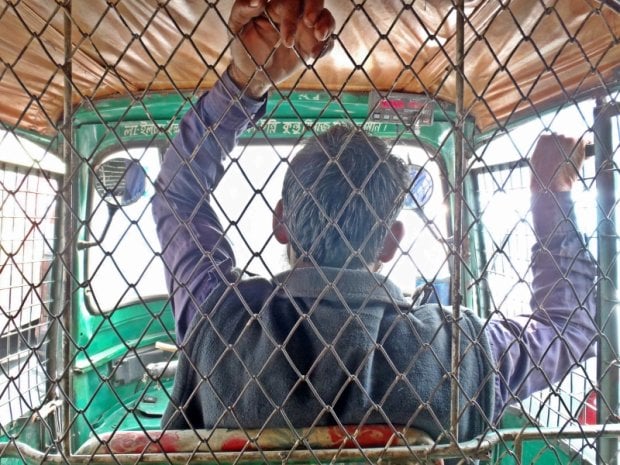
One oddity about the Dhaka CNGs is that all of them have grills, separating the driver from the passenger, and the passenger from the outside.
7. Thailand
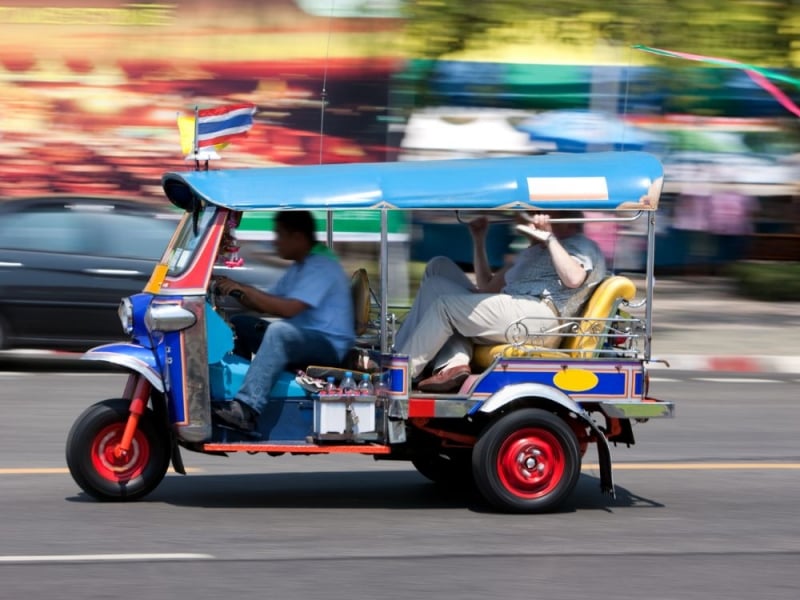
Image credit: enviromantic from Getty Images Signature
The first place where I’d seen a tuktuk! While the term “tuktuk” is often associated with Thailand, it’s important to note that songthaews (red truck taxis) are also a common mode of transport, especially in rural areas.
Also read: Shop ‘Til You Drop in Bangkok: The Ultimate 4-Day Itinerary for Shopaholics
8. Pakistan
The variant of the tuktuk you find in Pakistan is unique. It’s more angular than the Indian/Sri Lankan/Indonesian models. Rickshaws are a common sight, and you might also encounter Qingqi models, named after the Chinese manufacturer.
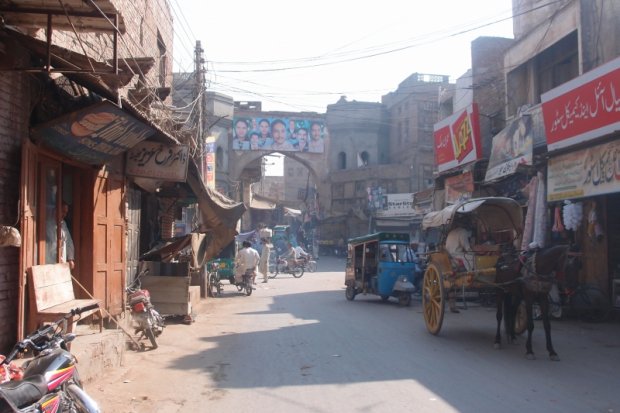
A rikshaw in one of Multan’s markets.
There is another model of the tuktuk that I’ve seen in Pakistan. This one is a motorcyle attached to a covered carriage which has two seats facing the front, and two facing the rear.
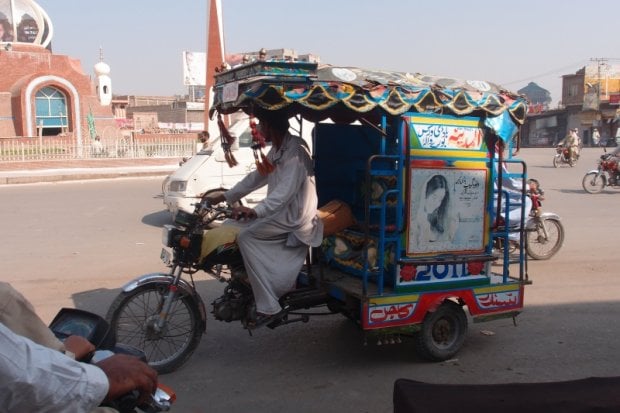
On the central roundabout is this model of a made-in-China tuktuk.
9. Ethiopia
I’ve also seen the tuktuks in Ethiopia, where they are called bajajs, the same as in Indonesia. They are all uniformly blue in colour, with a white canvas top.
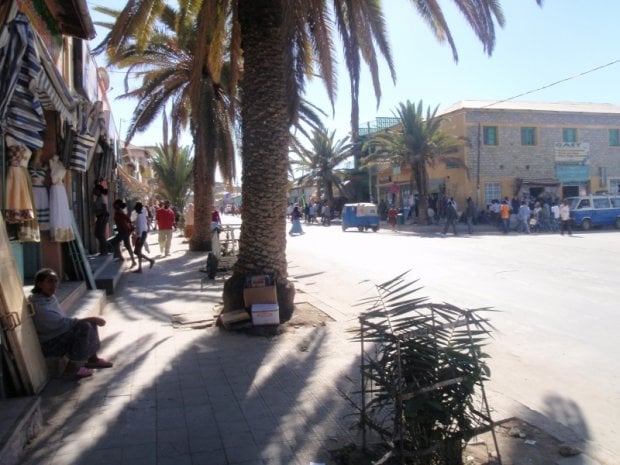
A Bajaj turns at the corner in the city of Mek’ele in Ethiopia.
10. Sudan
The model of tuktuk I found in Sudan is very much similar to the common ones listed. Known locally as rakshas, I also see them in various colours, not just the black yellow variant below.
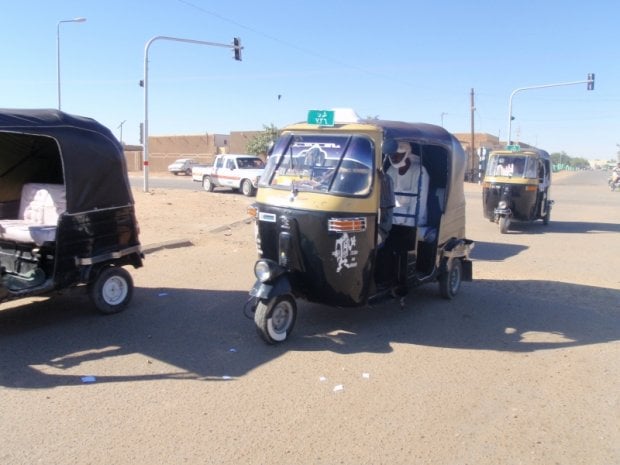
Multiple rakshas on the roads of Karima, Sudan.
11. Philippines
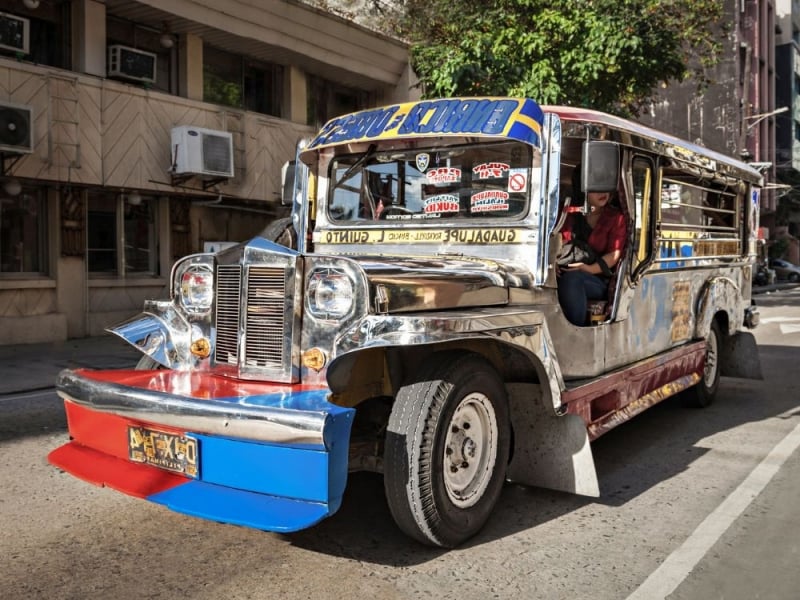
Image credit: Andrey X.
A big and colourful jeepney in Manila.
Jeepneys are iconic Filipino vehicles, often brightly coloured and creatively decorated, offering a unique and colourful mode of transportation.
Also read: 10 Work-Friendly Cafes in Bangkok for Digital Nomads to Check Out
In my opinion, the tuktuk is the best way for a solo traveller to get around. It’s more versatile than buses and significantly cheaper than taxis. A tuktuk can comfortably accommodate one passenger with a backpack, though most can fit two or three people—and, on occasion, I’ve even been squeezed in with five!
With a top speed of around 100 km/h (though they usually cruise at a more relaxed 60 km/h), tuktuks offer a unique advantage over taxis: their ability to weave through narrow side streets and bypass heavy traffic. They’re also surprisingly capable of navigating rough terrain, making them a handy choice for off-the-beaten-path adventures.
However, tuktuks aren’t ideal if you’re sensitive to dust and fumes, as most models are open to the elements. Plus, they struggle on steep inclines — I’ve even been charged extra for uphill rides in India. Despite these quirks, getting on a tuktuk is still a fun, practical, and quintessentially local way to explore.
Contributed by The Furious Panda.







